Forums
- Forums
- Duggy's Reference Hangar
- RAF Library
- Avro 643 Cadet
Avro 643 Cadet
Post a reply
- Go to Previous topic
- Go to Next topic
- Go to Welcome
- Go to Introduce Yourself
- Go to General Discussion
- Go to Screenshots, Images and Videos
- Go to Off topic
- Go to Works in Progress
- Go to Skinning Tips / Tutorials
- Go to Skin Requests
- Go to IJAAF Library
- Go to Luftwaffe Library
- Go to RAF Library
- Go to USAAF / USN Library
- Go to Misc Library
- Go to The Ops Room
- Go to Made in Germany
- Go to Campaigns and Missions
- Go to Works in Progress
- Go to Juri's Air-Raid Shelter
- Go to Campaigns and Missions
- Go to Works in Progress
- Go to Skinpacks
- Go to External Projects Discussion
- Go to Books & Resources
-
2 years agoFri Jan 20 2023, 10:09amDuggy
 Main AdminThe Avro Cadet is a single-engined British biplane trainer designed and built by Avro in the 1930s as a smaller development of the Avro Tutor for civil use.
Main AdminThe Avro Cadet is a single-engined British biplane trainer designed and built by Avro in the 1930s as a smaller development of the Avro Tutor for civil use.
Design and development
The Avro 631 Cadet was developed in 1931 as a smaller, more economical, derivative of the Tutor military trainer, for flying club or personal use. The first prototype, G-ABRS flew in October 1931. It was publicly unveiled at the opening of Skegness airfield in May 1932, although by this time, the first orders for the type, for the Irish Army Air Corps, had already been placed and the order (for six Cadets) delivered.
The Avro 631 Cadet was replaced in production in September 1934 by the improved Avro 643 Cadet, which had a revised rear fuselage with a raised rear seat, retaining the 135 hp (101 kW) Armstrong Siddeley Genet Major 1 engine of the Avro 631. In turn, this formed the basis for the more powerful Avro 643 Mk II Cadet; it was also strengthened and had improved parachute egress. This model entered service in 1935, and was built in the largest numbers, including 34 fitted with a tailwheel for the Royal Australian Air Force.
Operational history
The Cadet, while smaller and more economical than the Tutor, was still more expensive to run than competing two-seat light civil aircraft and was harder to hangar because of its lack of folding wings, so it was used mainly as a trainer for flying schools or the military. By far, the largest civil user was Air Service Training Ltd, which operated 17 Avro 631s at Hamble, together with a further four operated by its Hong Kong subsidiary, the Far East Aviation Co.
Air Service Training also operated 23 Mk II Cadets, with both these and the earlier Cadets remaining in service with Reserve Training Schools run by Air Service Training until they were impressed as ATC instructional airframes in 1941.
In May 1935 the Avro 643 Cadet II was selected for RAAF training and an initial order for 12 machines placed with A.V.Roe & Company Ltd. Local production of the chosen training aircraft was being considered and the Cadet was considered favourable to the DH.82 Tiger Moth because its performance was better with the the air cooled radial engine. In addition deHavilland had specified a slower delivery rate at higher cost, and stipulated that 36 DH.82s must be built in England before Australian production would be allowed.
The first six Cadets arrived at Melbourne on board SS Nestor on 29 December 1935. Two months later an agreement was approved between the Australian Government and A.V.Roe & Co Ltd for manufacturing rights for Australian built Cadets. A further order for 10 British built Cadets was approved on 18 August 1936, followed by another 12 Cadets placed on 18 August 1936.
Delays in establishing the Australian production necessitated another order for 12 more British Cadets approved on 18 November 1937. In a complex story of RAAF policy changes and Australian politics of the volatile years leading up to the outbreak of World War Two, the planned Australian production line was never established. There is evidence that British factory jigs and forgings were brought to Melbourne in the preparations.
While Australian production was still being debated, on 20 August 1938 the RAAF placed an order for a further 12 Cadets with A.V.Roe. However wartime production in Great Britain overtook export orders resulting in that final order not being delivered.
In June 1938 a RAAF specification was issued to replace biplane trainers with low wing monoplanes for primary training to be powered by the DH Gipsy Major engine. In general terms this resulted in orders for 200 Australian built CAC CA-6 Wackett Trainers, and 50 Australian assembled DH.94 Moth Minors. Then in 1940 DH.82 Tiger Moths were made available to Australia by the British Government to become the standard basic trainer for the Empire Air Training Scheme and the DH.82 went into large scale production at Mascot by deHavilland Aircraft Pty Ltd for the EATS in Australia, Rhodesia and South Africa.
The RAAF's Avro Cadets continued in advanced training roles during WW2, mainly with Central Flying School at Camden NSW which specialised in training flying instructors. During the war the RAAF obtained Genet Major engines from the Canadian Government where they had been replaced in Canadian built Fleet Finches with Kinner radials. In addition RAAF reverse-engineered Genet engine spares which were manufactured locally, including pistons, piston rings, valves, valve guides and seats. Such an effort indicates that the remaining Cadets were considered essential to the wartime training effort. Crash repairs and scheduled maintenance was contracted to civil operators such as Newcastle Aero Club and Marshall Airways at Mascot. However the majority of RAAF Avro Cadet repair and overhaul work was carried out by Clyde Engineering Co Ltd at their Lidcombe factory in Sydney. A local transport company moved the completed Avros between the factory and RAAF Bankstown where assembled for test flights, using a truck loaded with the wings, towing a specially-built trailer for the fuselage.
As the War drew to a close, the surviving Avro Trainers, along with other types regarded as obsolete, were withdrawn from service and stored pending disposal. Cadets formed part of a large group of surplus aircraft which were disposed of during early 1945 before the end of the war. On 20 September 1944, the newly formed Commonwealth Disposals Commission wrote to the Department of Air asking which types and quantities of aircraft likely to be released in the post-war period. This enquiry elicited a reply on 28 October 1944, in which details of the first aircraft and engines to be released were given. 17 Avro Trainers with 25 spare Genet Mk.IA engines were listed for disposal , and appeared on the first tender issued by the C.D.C., which closed on 20 February 1945. All Avro Trainers had been retired during 1944 and flown to RAAF Narromine for storage, before being ferried to RAAF Narrandera NSW. Over several days at the end of December 1944/January 1945 large numbers of RAAF CAC Wackett Trainers were also ferried from Narromine to Narrandera at that time. This mass movement of retired training aircraft was probably to clear parking areas at Narromine for RAF and Royal Navy aircraft being assembled at Bankstown and Schofields for the planned British force to advance on the Japanese homeland.
DCA approved the Avro Cadets for civil use and 17 received civil certification, initially flown by aero clubs and private owners. Later Cadets found a new role in aerial agriculture, when a number were fitted for dusting and spraying and two were re-engined with the more powerful American 220hp Jacobs R-755 radial. A modification installed on most drop dusting Cadets was an air scoop on the top of the rear fuselage, to expel superphosphate and other granular fertiliser dust, which otherwise covered the fuselage internal structure.
The British civil training company Air Service Training Ltd at Hamble offered its fleet of second-hand same model Avro Cadet Mk.IIs to the Australian Government, but the offer was declined.
Total deliveries to RAAF were 34 Cadets, all the Avro 643 Mark II model, powered by the 150hp Armstrong Siddeley Genet Major 1A radial engine, operated without cowlings. The RAAF named them Avro Trainers and they were referred to by that name during their RAAF careers.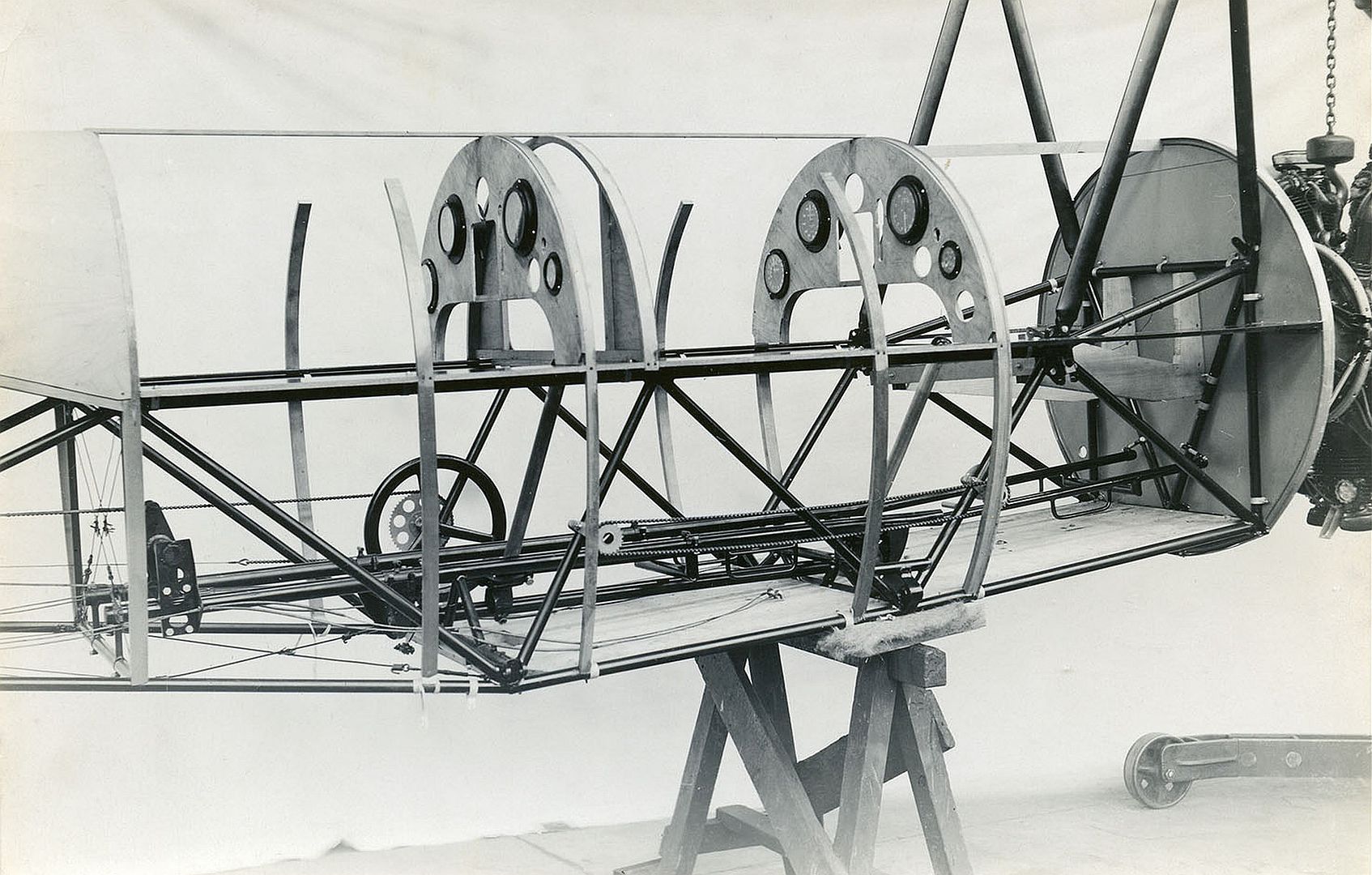
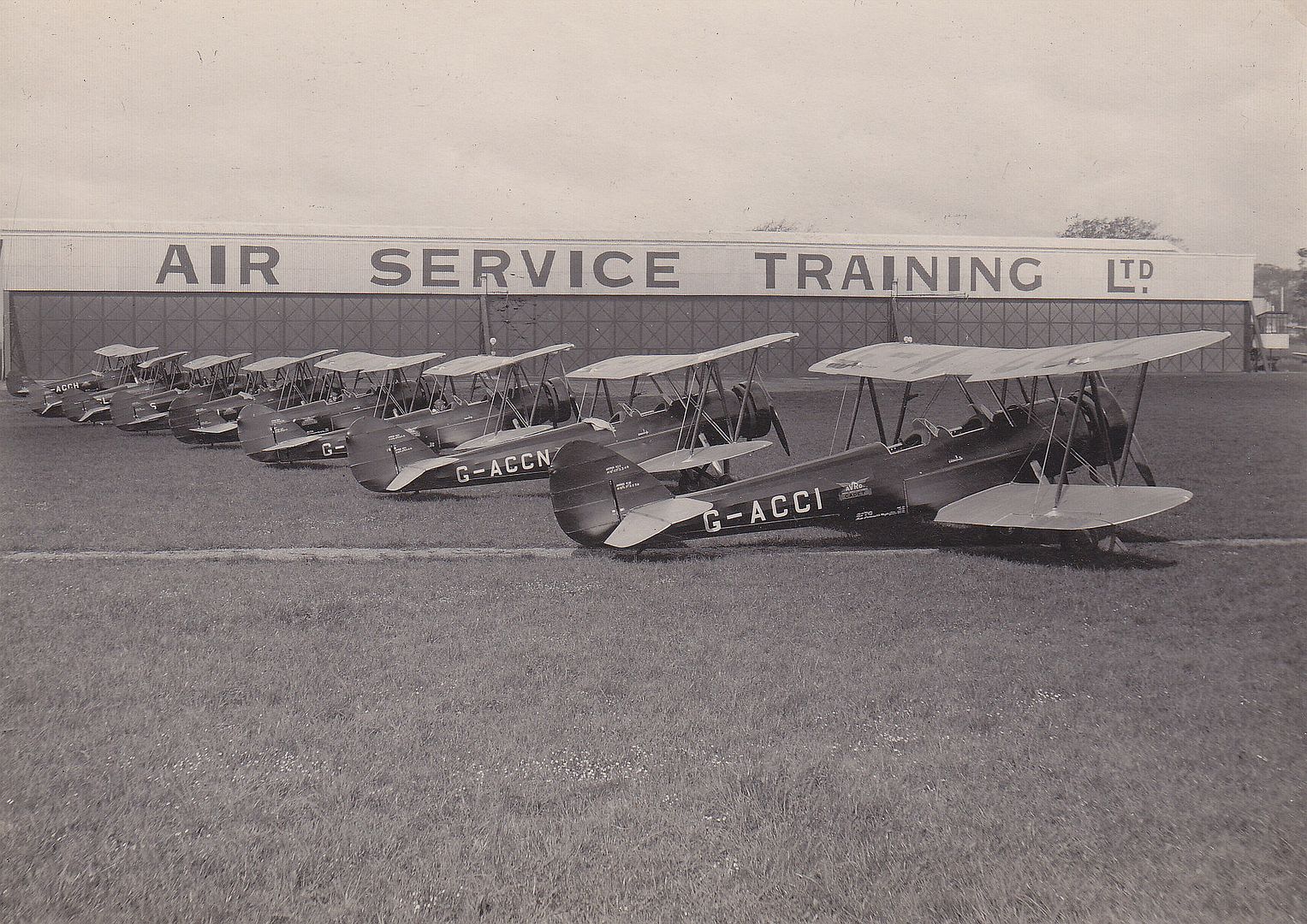
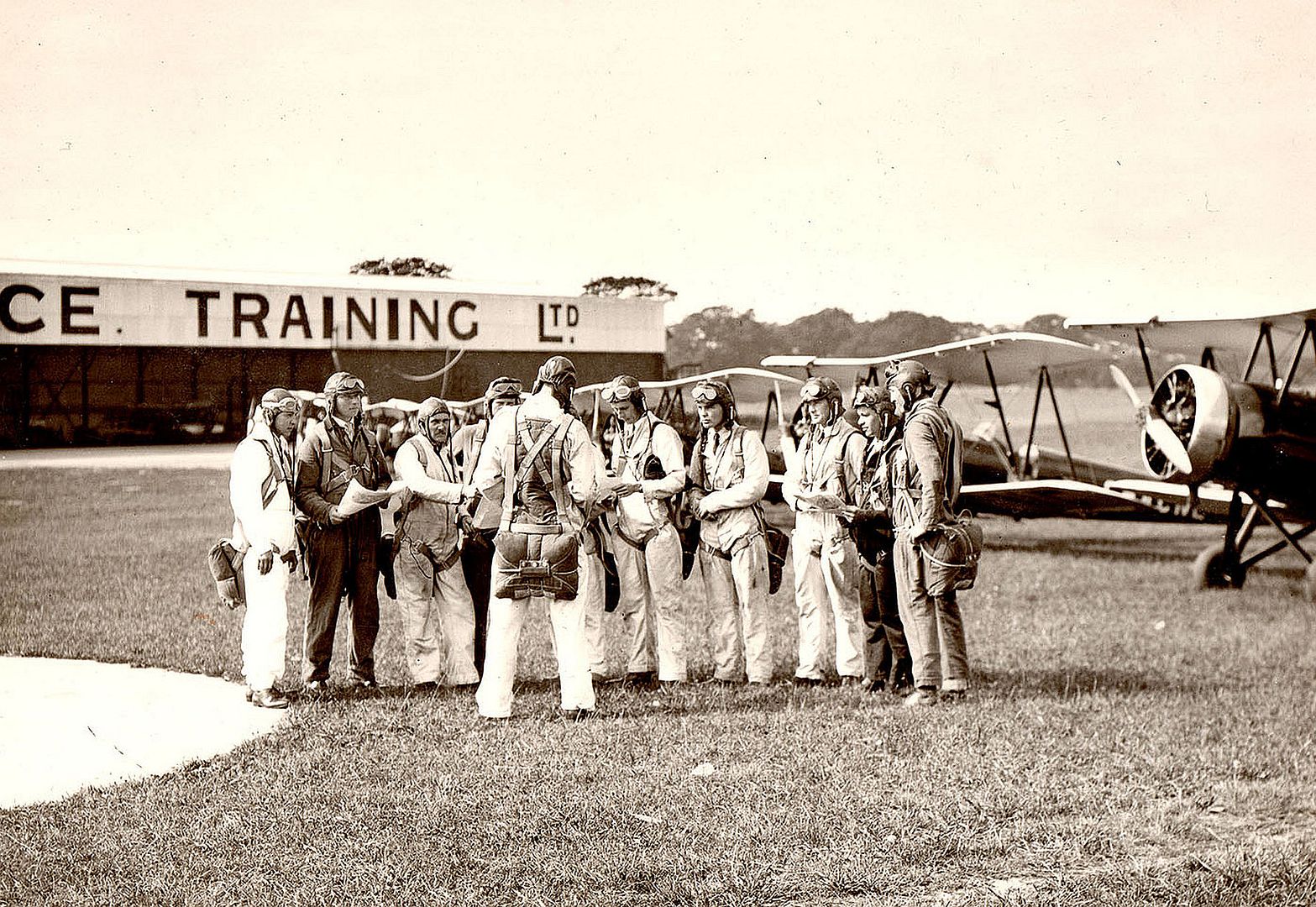
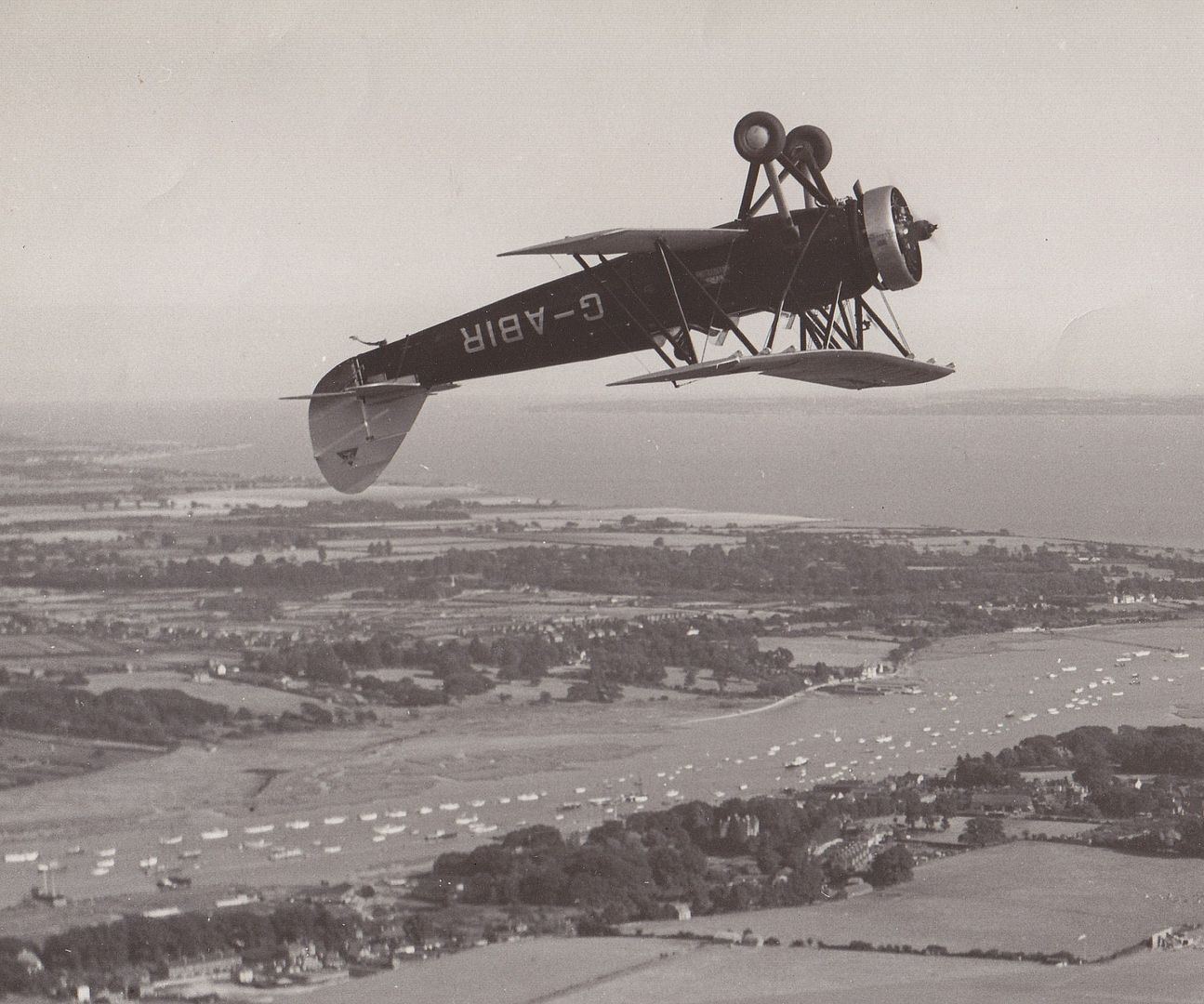
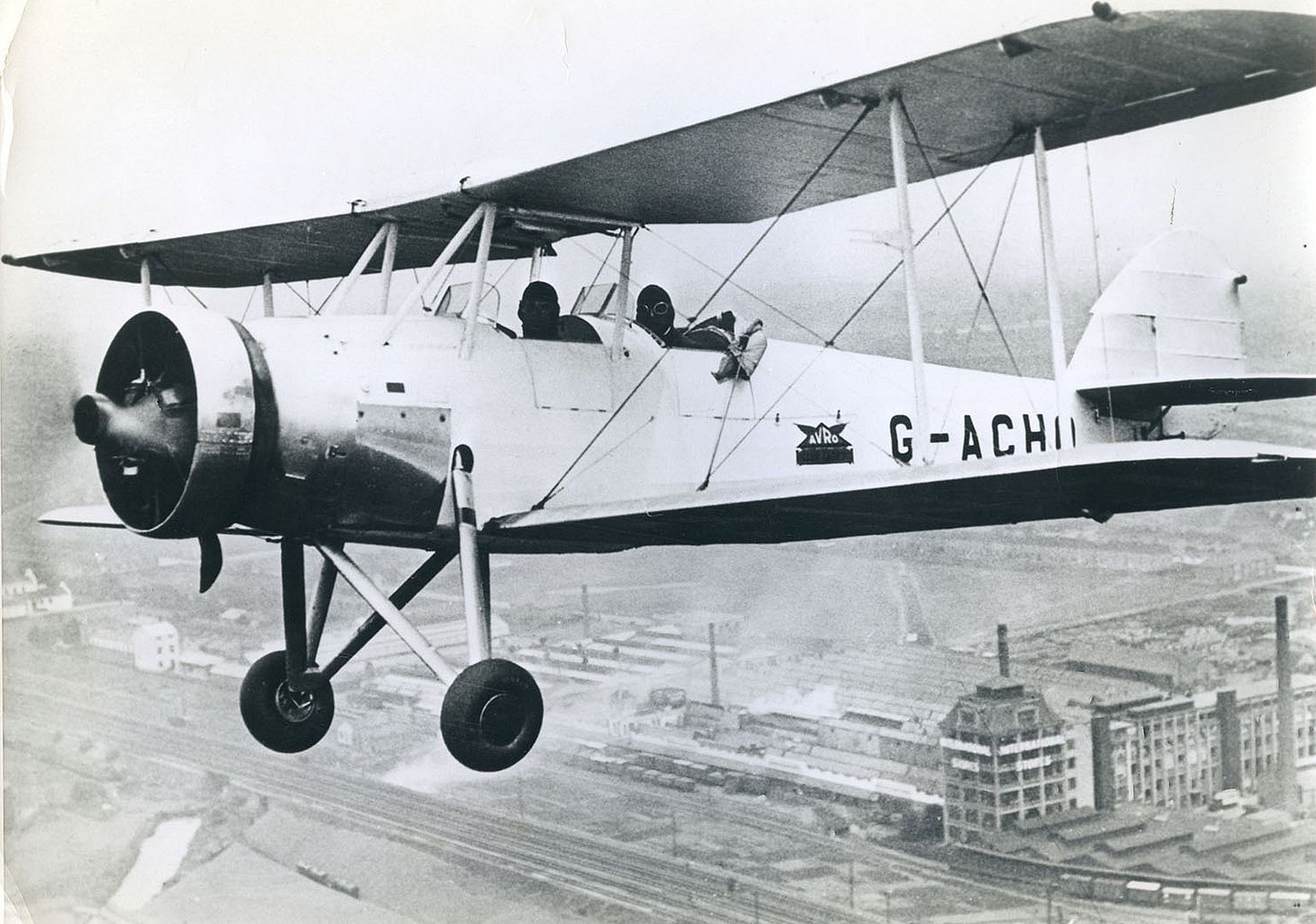
Below RAAF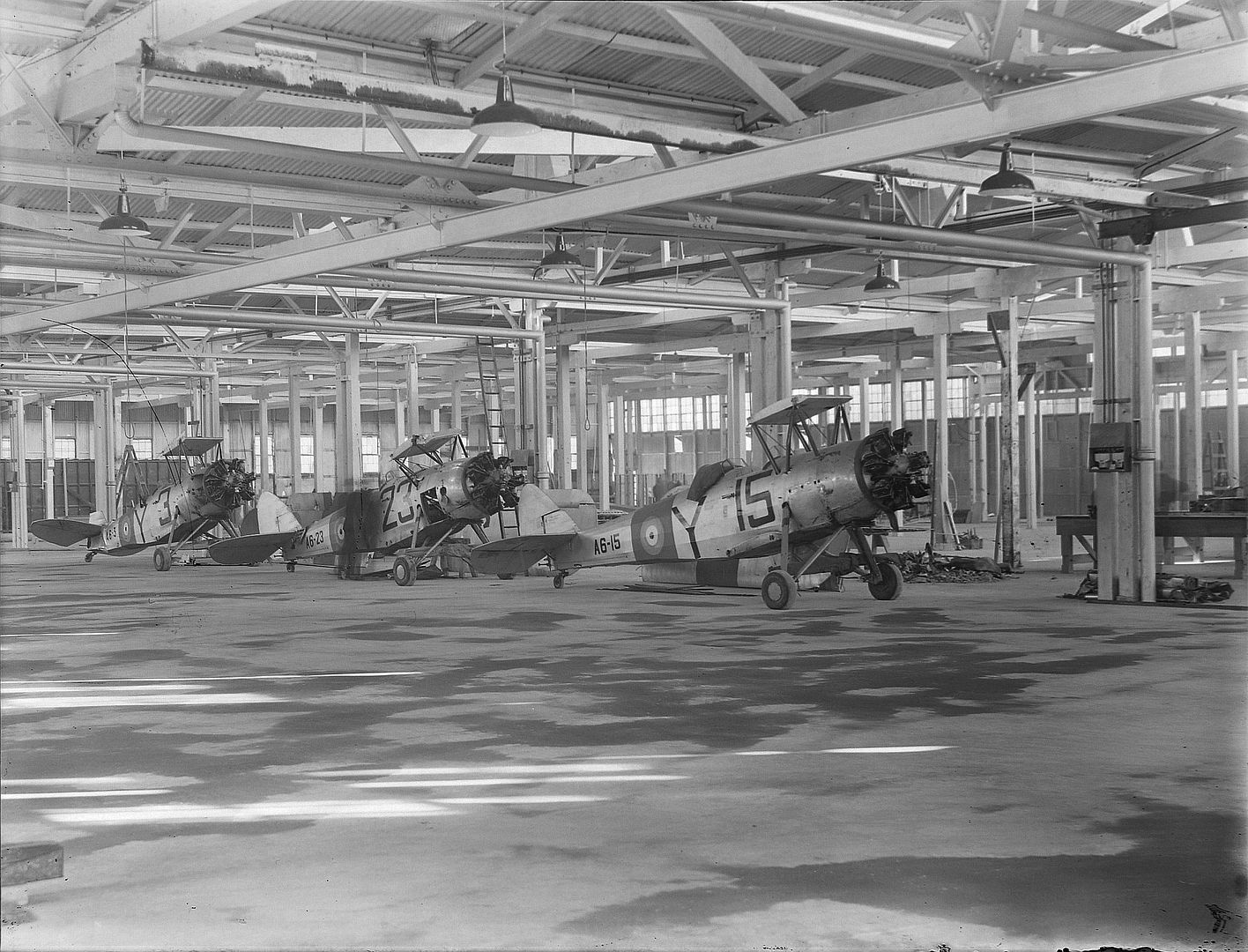
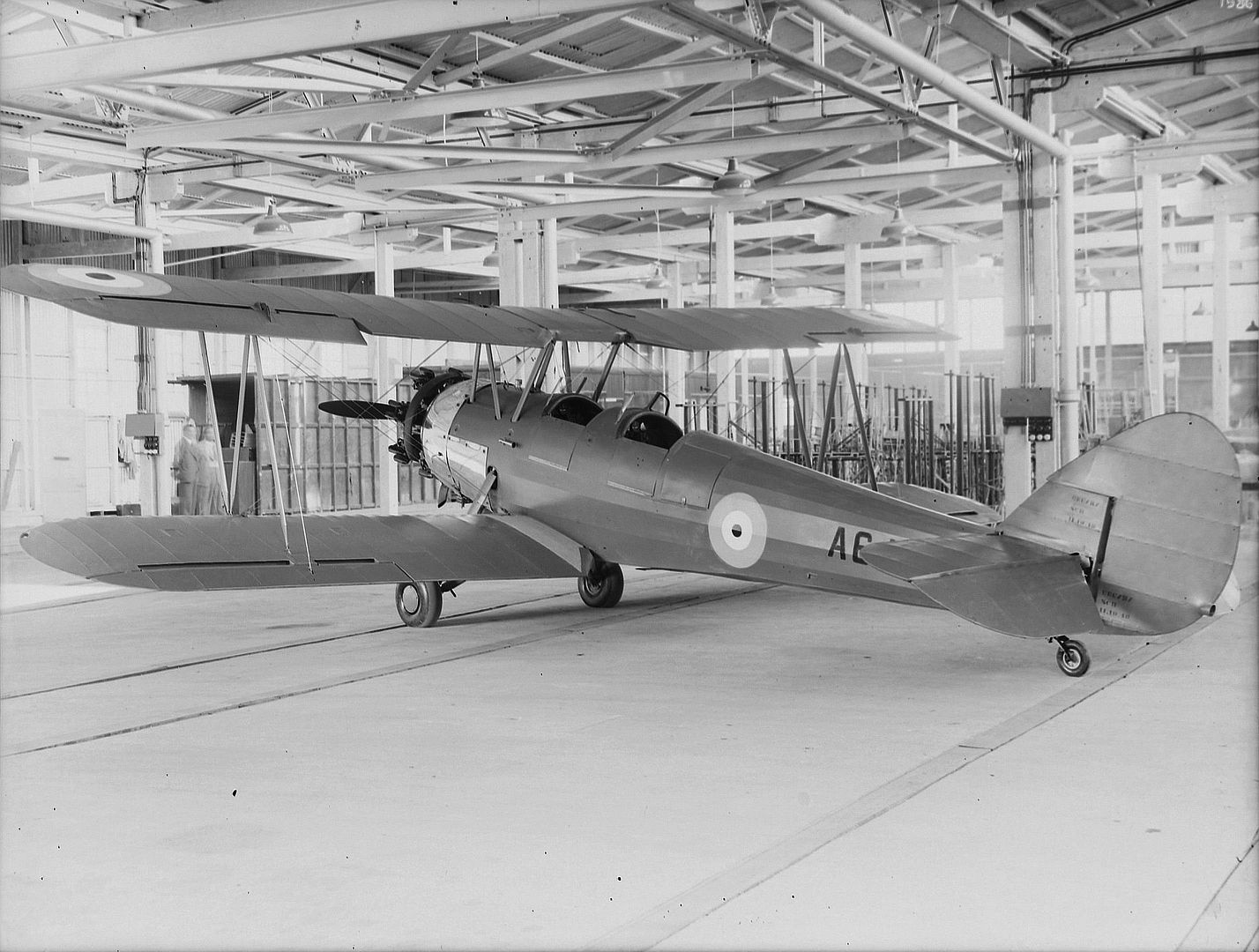

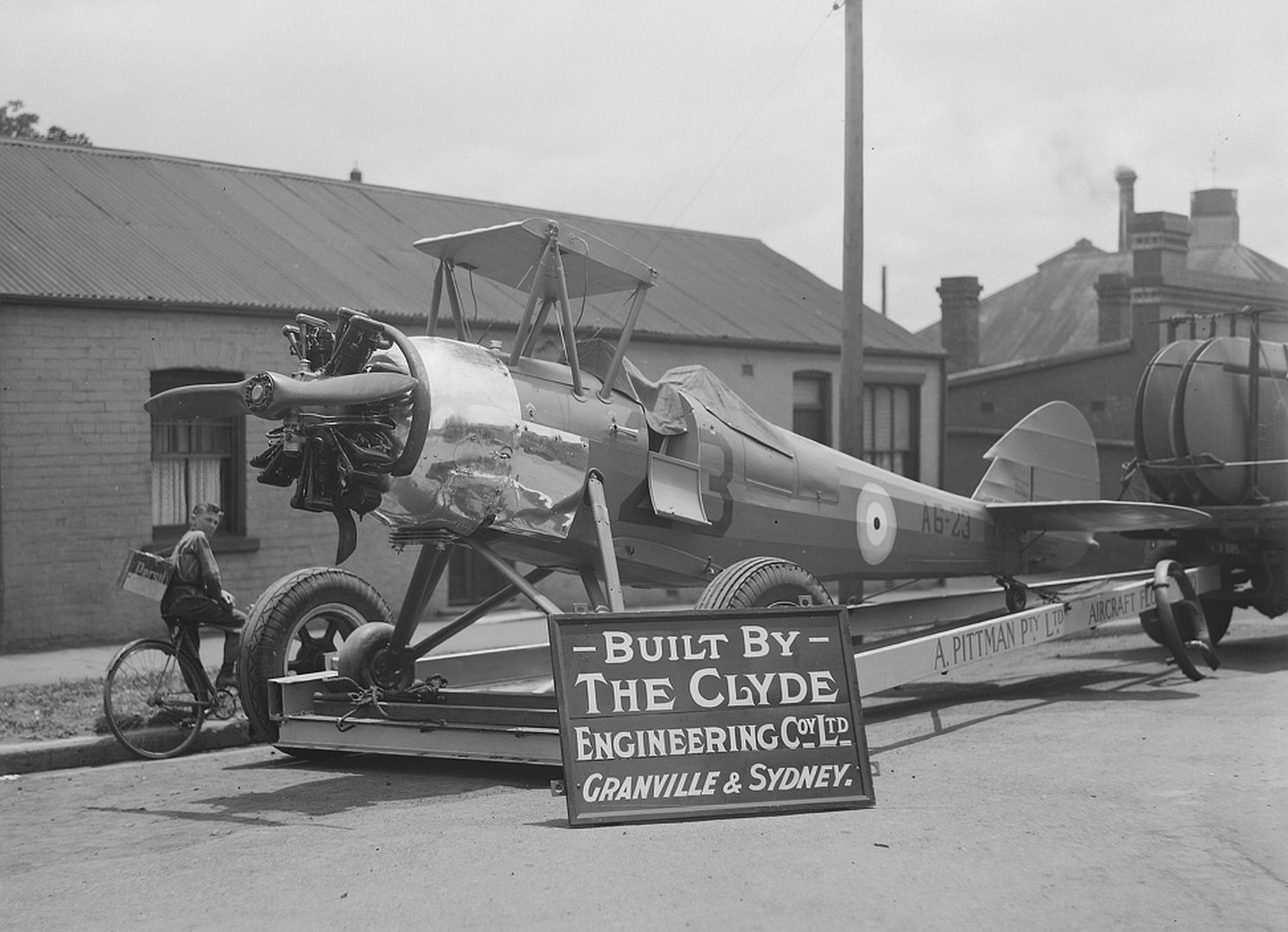
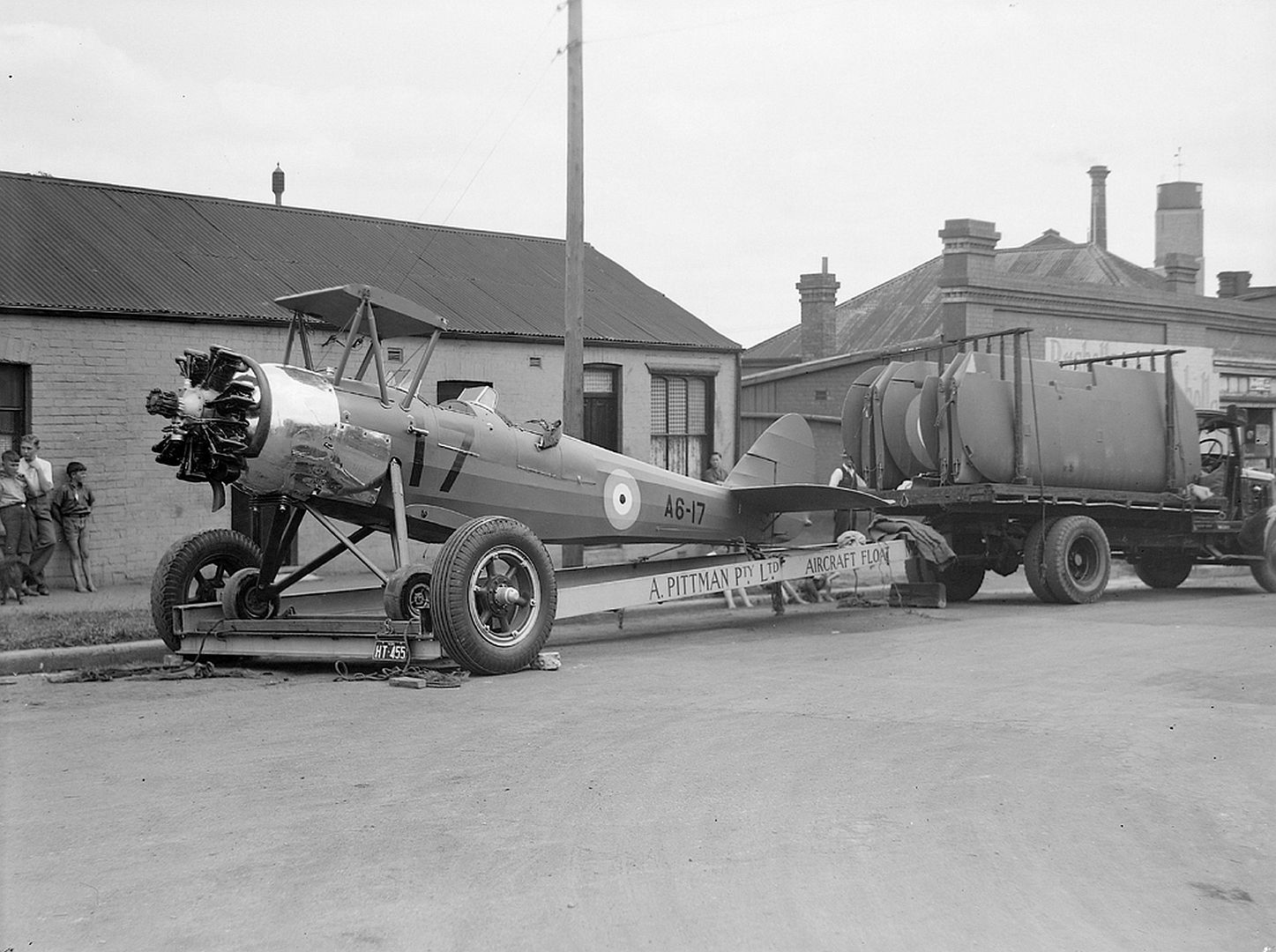

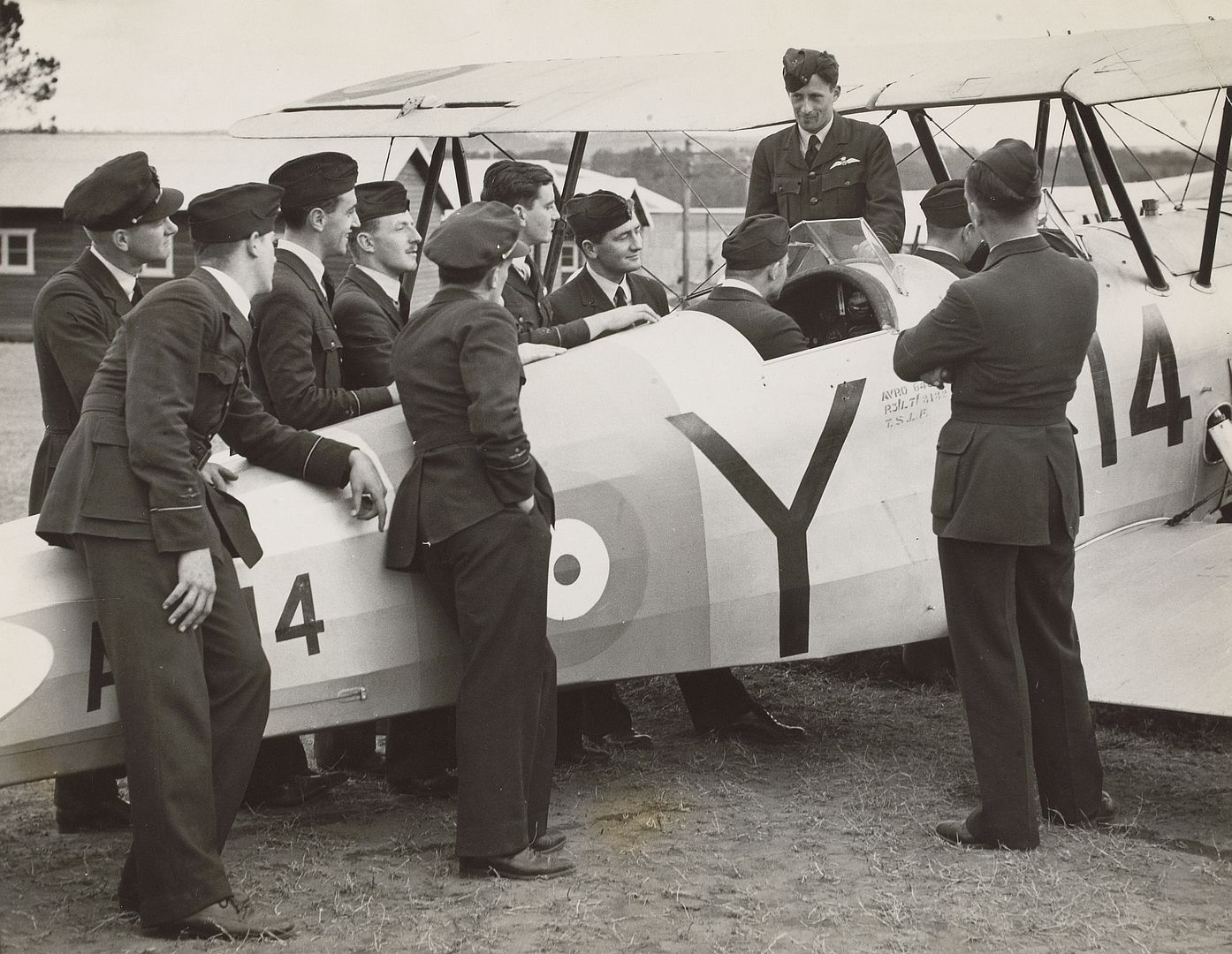
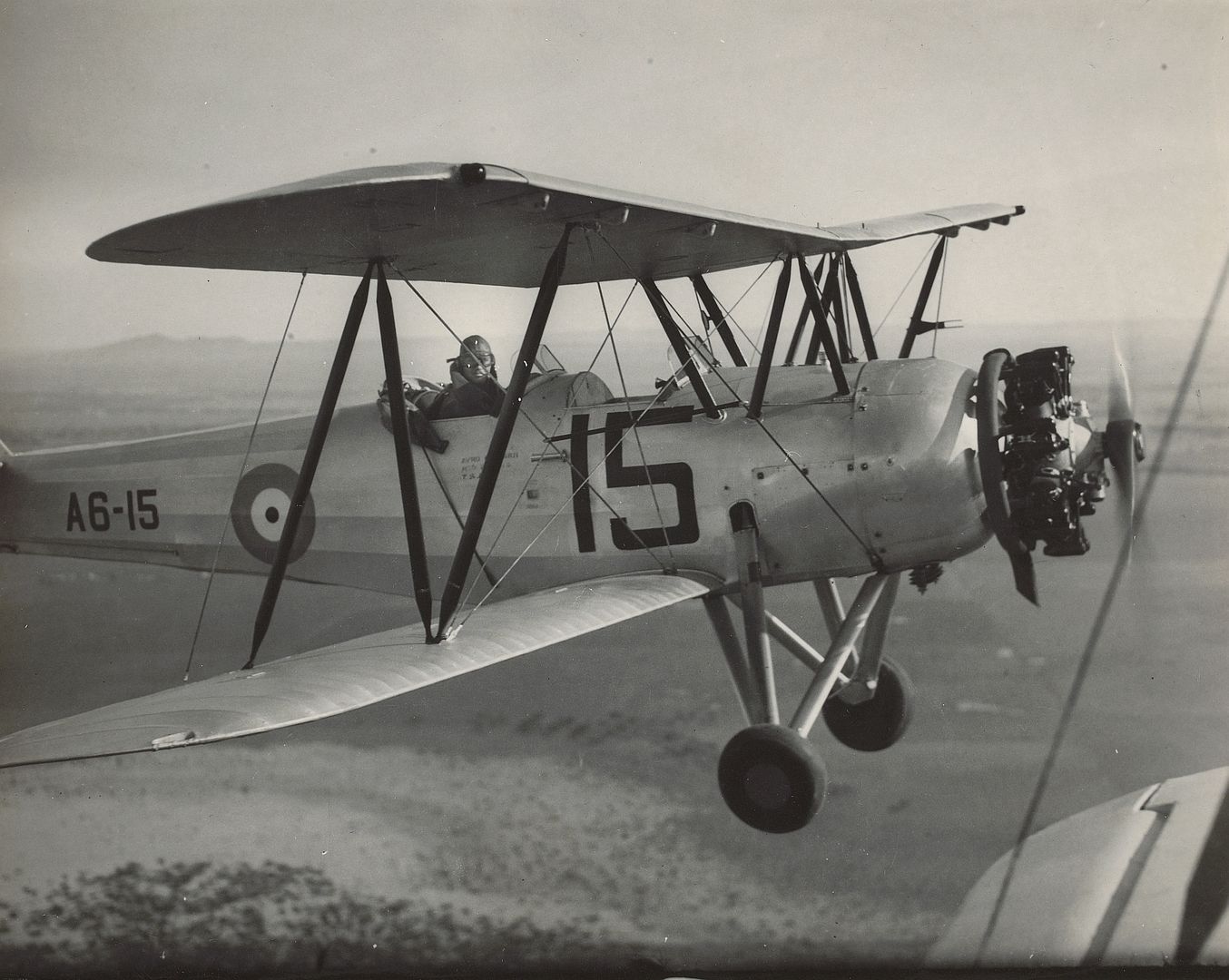
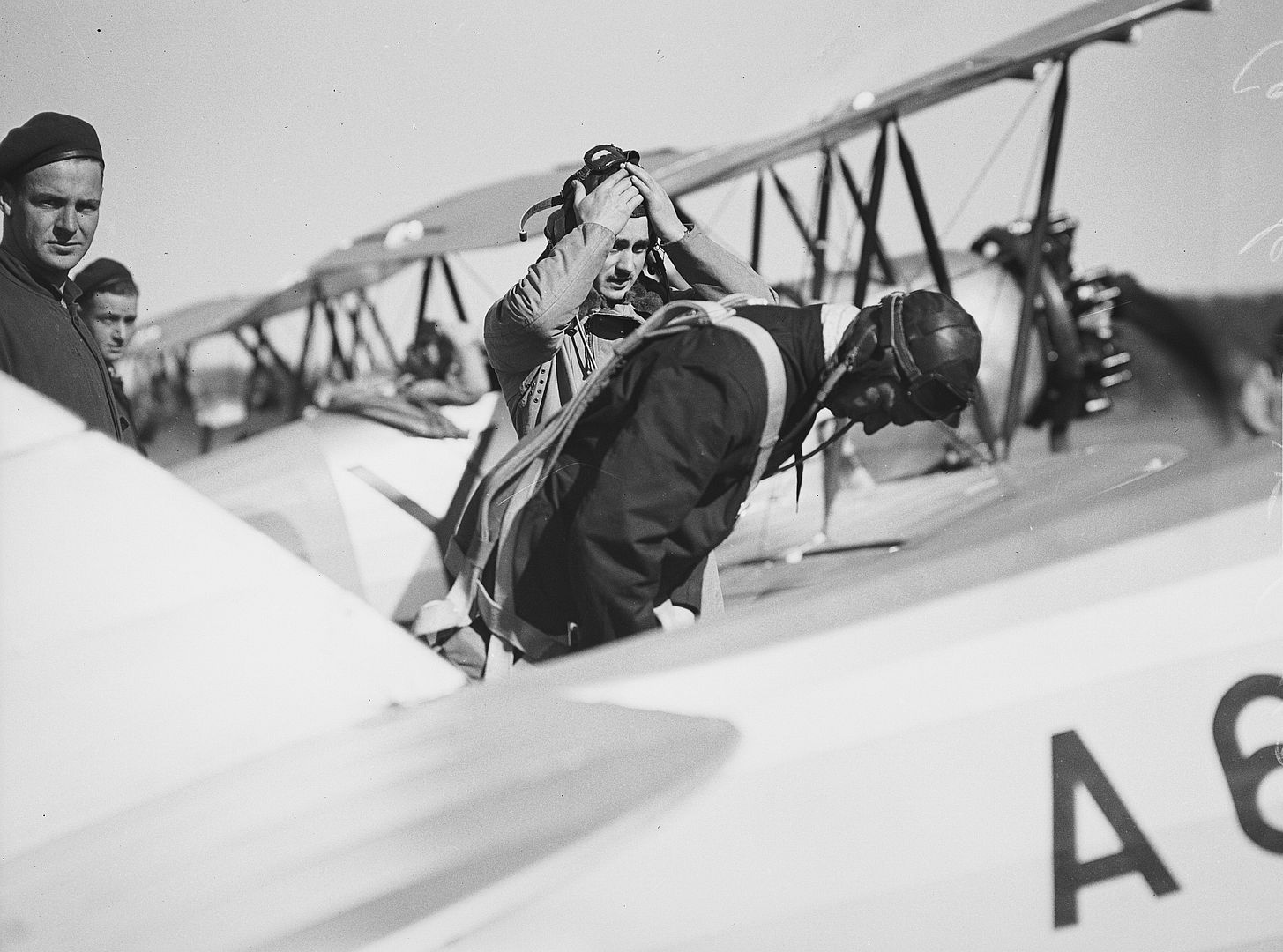
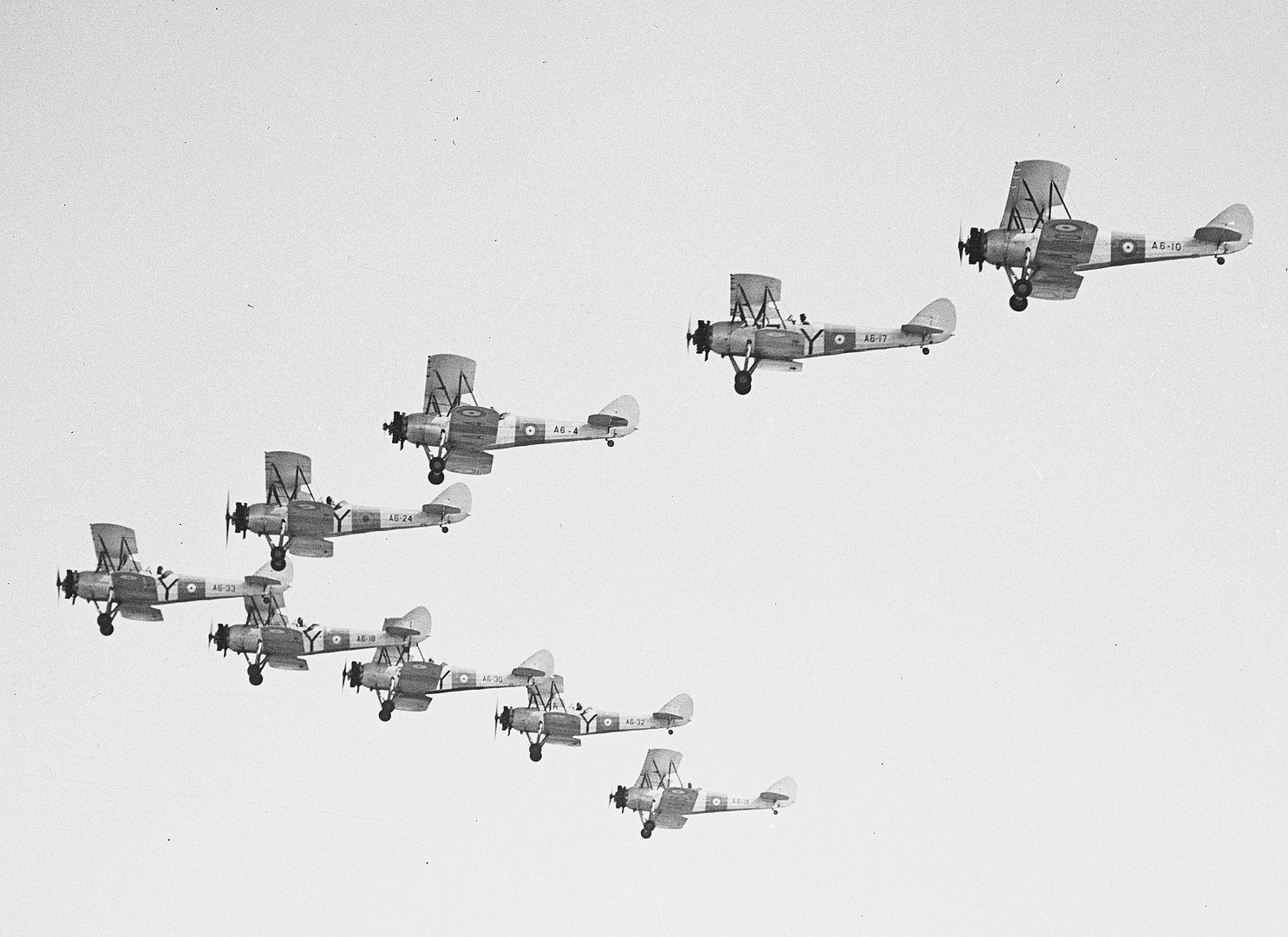
Variants
Avro 631 Cadet
Initial version, powered by Armstrong Siddeley Genet Major I engine, 35 built.
Avro 643 Cadet
Raised rear seat, eight built.
Avro 643 Cadet II
Powered by 150 hp (110 kW) Genet Major 1A, 61 built.
Specifications (Avro 643 Mk II Cadet)
General characteristics
Crew: 2
Length: 24 ft 9 in (7.54 m)
Wingspan: 30 ft 2 in (9.19 m)
Height: 8 ft 10 in (2.69 m)
Empty weight: 1,286 lb (583 kg)
Gross weight: 2,000 lb (907 kg)
Powerplant: 1 × Armstrong Siddeley Genet Major 1A 5-cylinder air-cooled radial piston engine, 150 hp (110 kW)
Propellers: 2-bladed fixed-pitch propeller
Performance
Maximum speed: 116 mph (187 km/h, 101 kn)
Cruise speed: 100 mph (160 km/h, 87 kn)
Range: 325 mi (523 km, 282 nmi)
Service ceiling: 12,000 ft (3,700 m)
Rate of climb: 700 ft/min (3.6 m/s)
Wing loading: 7.63 lb/sq ft (37.3 kg/m2)
Power/mass: 0.075 hp/lb (0.123 kW/kg)
Text from here - https://www.goodall.com.au/australian-aviation/avrocadet/avro-cadet.htm
Post a reply
- Go to Previous topic
- Go to Next topic
- Go to Welcome
- Go to Introduce Yourself
- Go to General Discussion
- Go to Screenshots, Images and Videos
- Go to Off topic
- Go to Works in Progress
- Go to Skinning Tips / Tutorials
- Go to Skin Requests
- Go to IJAAF Library
- Go to Luftwaffe Library
- Go to RAF Library
- Go to USAAF / USN Library
- Go to Misc Library
- Go to The Ops Room
- Go to Made in Germany
- Go to Campaigns and Missions
- Go to Works in Progress
- Go to Juri's Air-Raid Shelter
- Go to Campaigns and Missions
- Go to Works in Progress
- Go to Skinpacks
- Go to External Projects Discussion
- Go to Books & Resources
